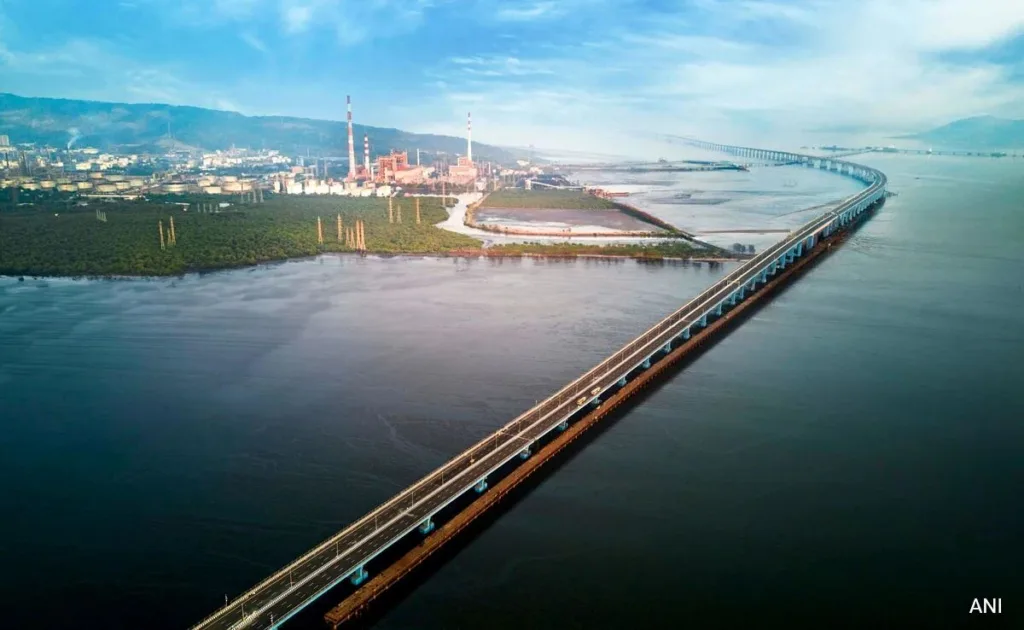Atal Setu: India’s Longest Sea Bridge – 5 Key Facts

Atal Setu: India's Longest Sea Bridge - 5 Key Facts
The Atal Setu, heralded as India’s longest sea bridge, stands as a testament to the nation’s engineering prowess and infrastructural advancement. Spanning a remarkable length of 21.8 kilometers, with a significant portion traversing the expansive sea, this modern marvel of engineering represents a transformative milestone in India’s transportation landscape.
Named in honour of former Prime Minister Atal Bihari Vajpayee, renowned for his visionary leadership, the bridge symbolizes progress, connectivity, and resilience.
In this article, we delve into five key facts about the Atal Setu, shedding light on its record-breaking length, innovative design, eco-friendly construction, and transformative impact on regional connectivity and economic development.
1. Record Length: The Atal Setu, also known as the Mumbai Trans Harbour Link (MTHL), holds the distinction of being India’s longest sea bridge. Spanning a total length of 21.8 kilometres, it comprises 16.5 kilometres over the sea and 5.5 kilometres on land.
2. Engineering Marvel: This modern engineering feat incorporates cutting-edge features to ensure commuter safety and operational efficiency. Equipped with emergency escape passages and a ventilation system spanning its entire length, the bridge is well-prepared to handle any unforeseen circumstances. It is also designed to facilitate smooth bi-directional traffic flow.
3. Infrastructural Boost: Named in honour of Atal Bihari Vajpayee, the former Prime Minister of India renowned for his visionary leadership, the Atal Setu, officially named ‘Atal Bihari Vajpayee Sewri-Nhava Sheva Atal Setu’, was inaugurated on January 12, 2024, by Prime Minister Narendra Modi. This landmark infrastructure project marks a significant milestone in India’s development, easing travel disruptions caused by weather and traffic congestion.
4. Eco-Friendly Construction: Environmental sustainability was prioritized during the construction of the Atal Setu. Recognizing these efforts, the project received appreciation from the Bombay Natural History Society, a prestigious environmental organization. Measures were implemented to minimize sound and vibrations, mitigating potential harm to marine life.
5. Reduced Travel Time and Enhanced Connectivity: The Atal Setu has significantly improved connectivity to key destinations, including the Navi Mumbai International Airport, Mumbai International Airport, South India, Pune, and Goa. It also strengthens connectivity to the Jawaharlal Nehru Port and Mumbai Port. Expected to be a catalyst for economic growth in the Mumbai Metropolitan Region, the bridge facilitates trade, commerce, and overall economic activity by reducing travel times and enhancing connectivity between vital areas.









